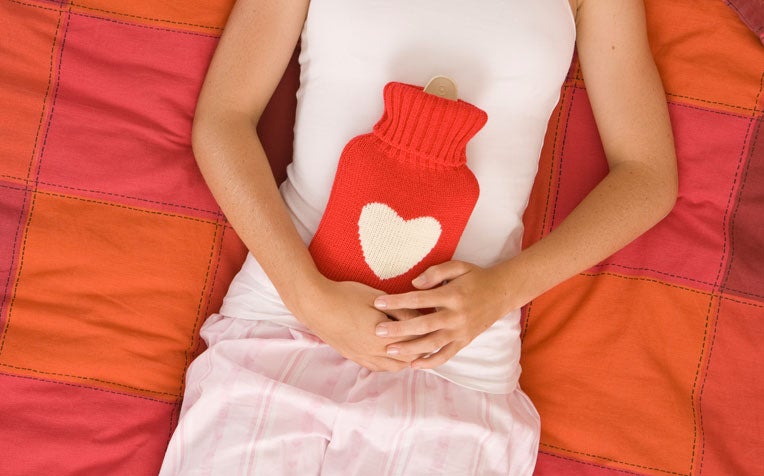
Uterine fibroids are very common in Singapore although many women will not have symptoms if the fibrous remain small.
What are uterine fibroids?
Uterine fibroids are non-cancerous (benign) tumours in the muscle layer of the womb wall causing the womb to be enlarged. It is the most common cause of tumours in the female reproductive system and up to 1 in 5 women will have them during their reproductive years. Fibroids are also commonly called leiomyomas or myomas. It is very rare for them to develop into cancer.
The location, number, size and rate of growth varies from woman to woman. There may be only one fibroid or multiples of ten in the womb. They may vary in size from barely visible seedlings up to tens of centimetres. In extreme cases, they can fill the whole abdomen up to the rib cage.
It is not known for sure why fibroids occur, but the female hormone oestrogen is involved in the process. They are more common in the thirties and forties, in women who are overweight, and in African-American women.
Fibroids tend to stop growing or shrink once menopause is reached and oestrogen levels drop. Conversely, they may grow rapidly in pregnancy and cause pain when there are high levels of oestrogen in a woman’s body.
The problem is very common in Singapore although many women will not have symptoms if the fibroids remain small. Therefore fibroids are often found incidentally on scans done for another condition and do not require any treatment.
Symptoms of uterine fibroids
The amount of symptoms experienced is often related to the size of the fibroids. Larger fibroids generally cause more symptoms than smaller ones. Some of the more common symptoms that may occur are:
- Heavy or irregular menses
- Abdominal bloating or distension
- Abdominal discomfort
- Lower back pain
- Painful intercourse
- Difficult or frequent passing of urine during the day or night
- Bowel motion disturbances
- Fertility problems such as infertility, miscarriage or preterm labour
Diagnosis of uterine fibroids
Often, fibroids can be felt through your tummy by your doctor during an abdominal and internal vaginal examination. The diagnosis can generally be confirmed by ultrasound or MRI scan. These tests can also be useful to determine the exact location of the fibroids and help decide on the type of treatment required.
Fibroids that are pressing into the cavity of the womb are sometimes diagnosed by a hysteroscopy (telescope introduced into the womb through the cervix).
Read on to learn about the treatment options available for uterine fibroids.
Ref: S13
Contributed by















 Get it on Google Play
Get it on Google Play